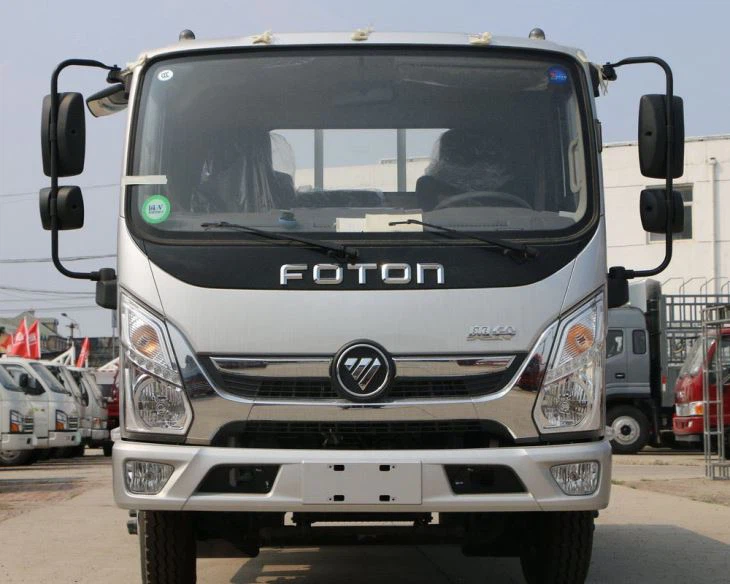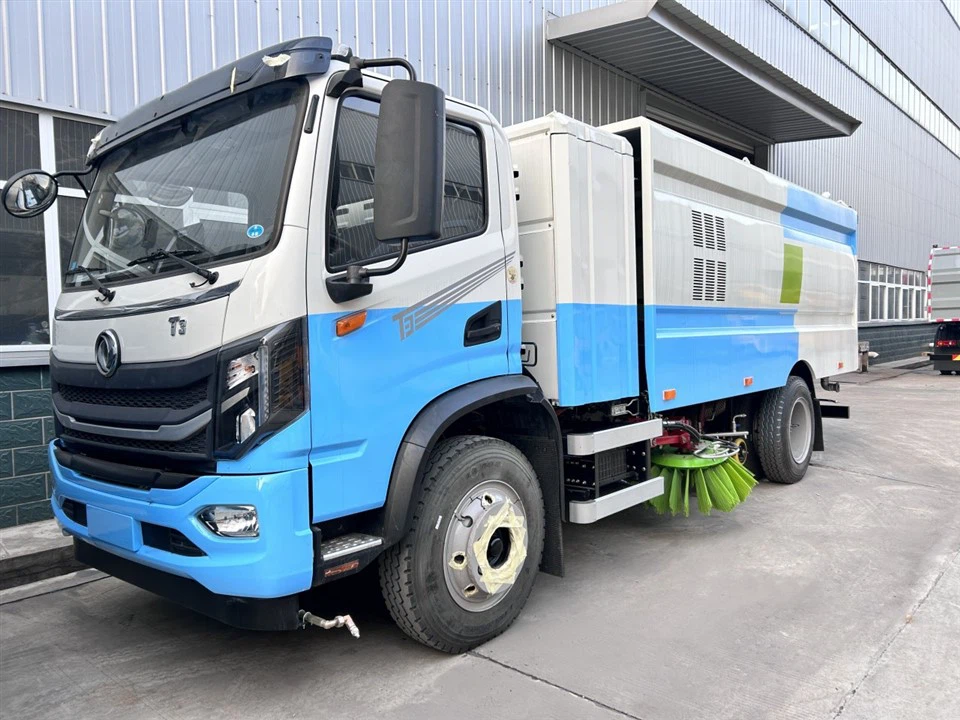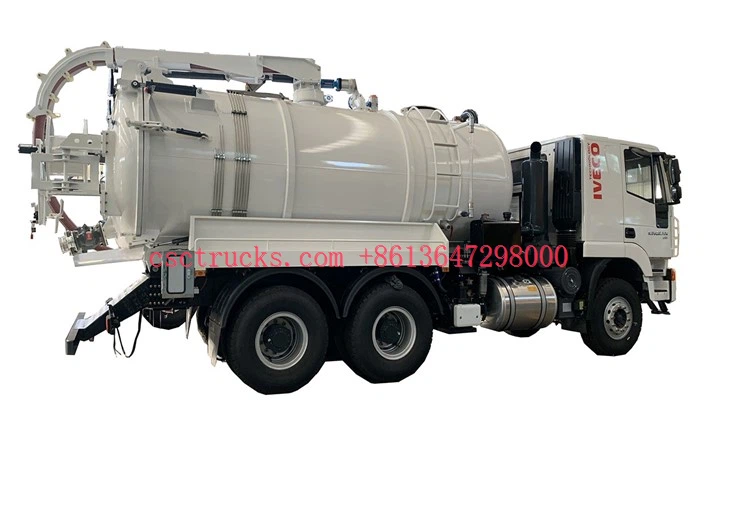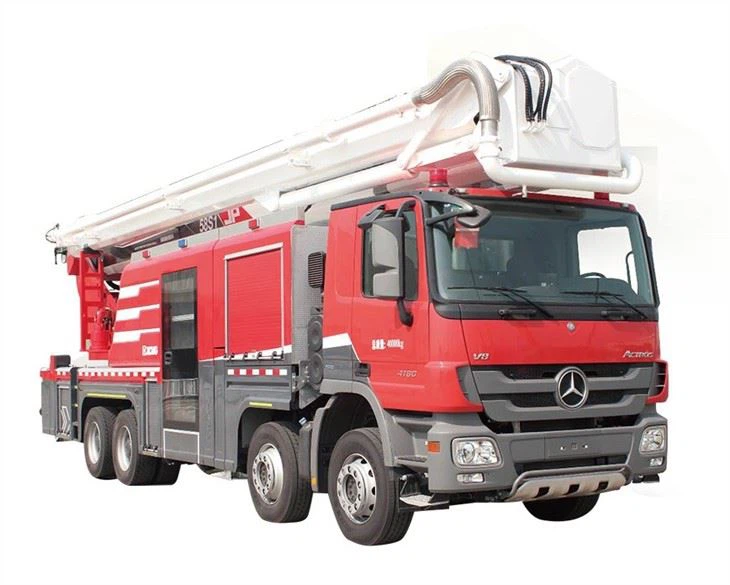Understanding the Street Sweeper Broom: Essential for Urban Cleanliness

Introduction
A street sweeper broom is a vital tool employed in urban maintenance, ensuring that our streets, sidewalks, and public spaces remain clean and inviting. With increasing concerns about pollution and the aesthetic value of urban environments, understanding the role of a street sweeper broom becomes crucial. This article dives deep into the varied aspects of street sweeper brooms—how they work, their types, advantages, and practical considerations for effective street cleaning.
What is a Street Sweeper Broom?
A street sweeper broom is a mechanical device fitted on street cleaning vehicles that helps in the collection and removal of debris, dirt, leaves, and other unwanted materials from the street. Street sweeper brooms play a pivotal role in maintaining urban cleanliness and improving the quality of life in cities.
How Does It Work?
The basic principle behind a street sweeper broom is simple: rotating bristles sweep dirt and debris into a collection hopper. The bristles can be made from various materials, such as polypropylene, steel, or natural fibers, each chosen for specific cleaning needs. As the vehicle moves forward, bristles engage with the ground, dislodging debris and ensuring efficient cleaning.
Types of Street Sweeper Brooms
Understanding the various types of street sweeper brooms can help in making informed choices about which ones to deploy for specific cleaning tasks.
1. Side Brooms
Side brooms, often used in combination with main brooms, are positioned on either side of the sweeper. Their primary purpose is to clean the edges of roads and sidewalks efficiently.
2. Main Brooms
Main brooms are typically mounted at the front of the street sweeper. They provide a broad cleaning surface, engaging the bulk of dirt and debris while directing it towards the suction system or sweeper bodies.
3. Vacuum Brooms
Vacuum brooms integrate suction technology, allowing for the collection of fine dust and smaller debris that traditional brushing systems may miss. They are especially useful for maintaining clean edges and collecting debris in tight spaces.
4. Mechanical Brooms
These are the most common types found in street sweepers. Mechanical brooms utilize rotating brushes to sweep up litter while moving dirt into a hopper by mechanical action.
Benefits of Using Street Sweeper Brooms
The adoption of street sweeper brooms in urban areas provides numerous advantages.
1. Enhanced Cleanliness
Regular use of street sweepers significantly reduces litter, contributing to a cleaner urban landscape.
2. Pollution Control
By picking up debris and dust, street sweepers help mitigate air pollution and enhance overall air quality. Proper maintenance decreases the chance of pollutants entering stormwater systems.
3. Cost-Effectiveness
Investing in street sweeper brooms may seem substantial, but over time the upkeep costs tend to be justified by improved public satisfaction and reduced health risks related to poor urban cleanliness.
Factors to Consider When Choosing a Street Sweeper Broom
When selecting a street sweeper broom, several factors must be taken into account to maximize effectiveness.
1. Material Composition
Choosing the right broom material can impact durability and performance. Steel bristles are more suited for heavy-duty tasks, while softer materials like polypropylene are ideal for delicate surfaces.
2. Size of the Sweeper
Selecting the right broom size is critical based on the context of cleaning. Larger brooms may work well on wide roads but might not fit in smaller areas.
3. Type of Debris
Identifying the type of debris common in the area helps in choosing a broom that can handle specific needs; for instance, leaf-heavy regions might benefit more from specific bristle designs.
Practical Examples of Street Sweeping Operations
Effective street sweeping operations require careful planning and execution. Here are some practical examples:
1. Seasonal Cleaning
In many regions, fall brings a significant accumulation of leaves. Street sweepers specifically outfitted with appropriate brooms can help manage this seasonal challenge efficiently.
2. Post-Event Clean-Up
Areas hosting large public events often require thorough clean-up afterward. Deploying a fleet of street sweepers equipped with side brooms can quickly restore cleanliness in such areas.
3. Routine Maintenance
Regularly scheduled maintenance cleaning can prevent the build-up of debris and dirt. Local authorities often set weekly or monthly schedules for street sweeping in specific neighborhoods.
Maintaining Street Sweeper Brooms
Proper maintenance of street sweeper brooms is essential for efficiency and longevity. Here are some tips:

1. Regular Inspections
Periodic checks for wear and tear on the broom bristles ensure optimal performance and early identification of necessary parts replacements.
2. Cleaning the Brooms
Post-operation cleaning of both the brooms and the vehicle helps prevent residue accumulation and preserves the integrity of the materials.
3. Replace Worn-Out Bristles
Timely replacement of worn-out bristles maximizes cleaning efficiency and prevents damage to other components.
Future Trends in Street Sweeping Technology
The street sweeping industry is continually evolving, fueled by technological advancements.
1. Automation and Smart Technology
Many manufacturers are investing in automation, allowing street sweepers to operate using AI, improving efficiency and reducing labor costs.
2. Eco-Friendly Materials
With a growing emphasis on sustainability, future street sweeper brooms are likely to utilize more eco-friendly materials, both for the bristles and the overall design.
3. Integration with Urban Planning
More emphasis is being placed on integrating street sweeping operations into urban planning to align clean-up efforts with city maintenance schedules.

Frequently Asked Questions (FAQs)
1. How often should street sweeping occur?

The frequency of street sweeping depends on local regulations and needs, but common practices range from weekly to monthly in high-traffic areas.
2. What type of debris can street sweepers effectively remove?
Street sweepers can collect a variety of debris, including litter, leaves, dust, and sand, making them versatile for urban environments.
3. How much does a street sweeper broom cost?
The cost of street sweeper brooms can vary widely based on material and size, ranging from a few hundred to several thousand dollars for specialized options.
4. Are street sweepers environmentally friendly?
Many modern street sweepers are designed with eco-friendliness in mind, featuring systems to minimize dust and pollution during operations.
5. Can street sweepers operate in adverse weather conditions?
While street sweepers can operate in various weather conditions, heavy rain or snow can hinder their efficiency. Operators must use discretion in these situations.
Conclusion
The street sweeper broom is an indispensable tool for maintaining urban cleanliness, with various designs and advanced technologies aimed at improving efficiency. Understanding its types, benefits, and maintenance can significantly enhance street cleaning efforts, contributing to healthier and more appealing urban environments.
